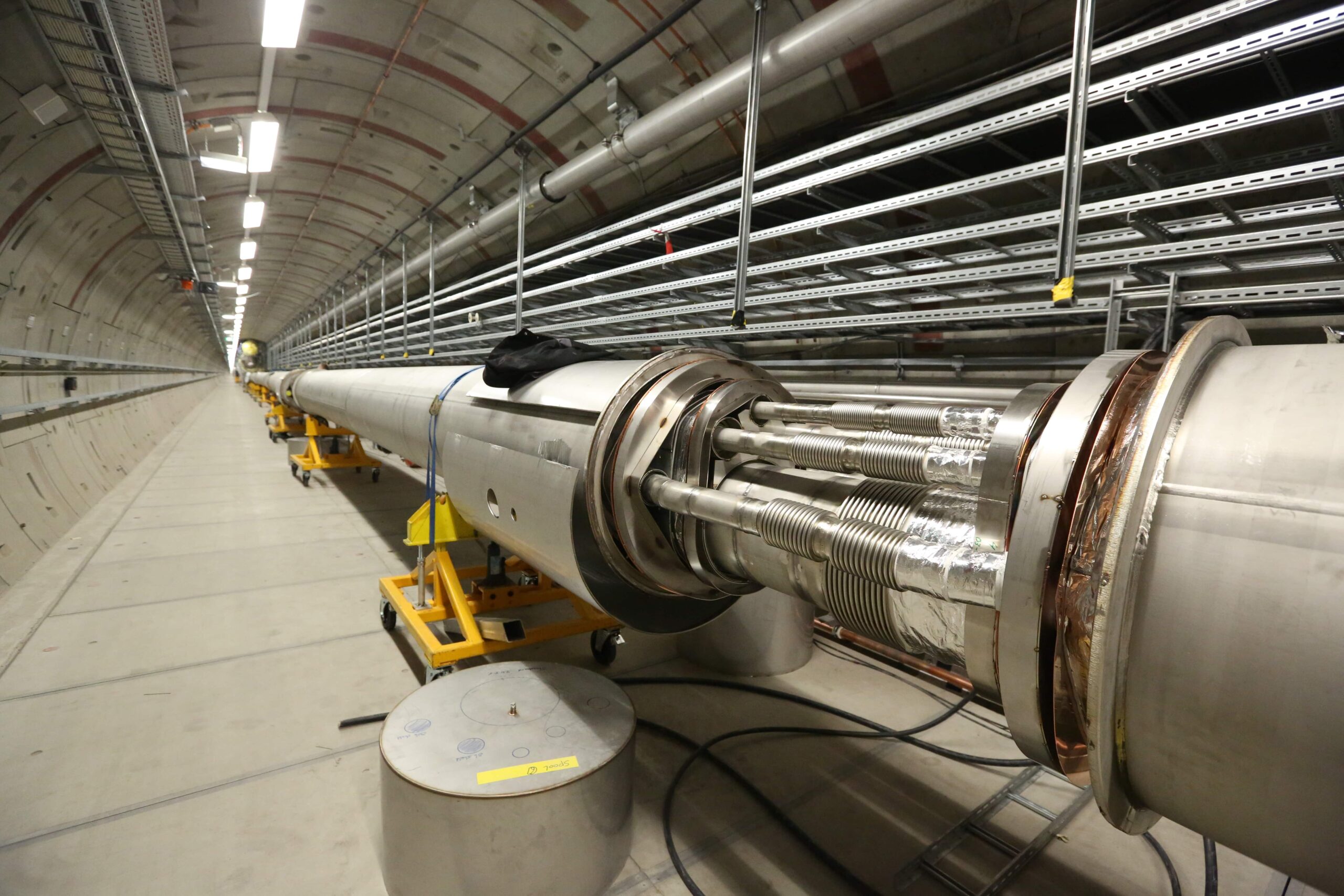Multiple Transfer Lines (MTL)
While all liquid gases require sophisticated infrastructures, there is one liquid gas with extra challenging characteristics: liquid helium. In addition to being the cryogenic liquid with the industry’s lowest temperature (-268.9 °C), liquid helium is exceptionally scarce and expensive.
To ensure that as little liquid helium as possible is lost while using the gas in an application, Multiple Transfer Lines (MTL) are utilized.
An MTL is one vacuum line featuring several process lines. One or more of these lines transport liquid helium from a storage tank or liquefier (through a valve box) to the application.
After use, the helium warms up, which creates gaseous helium. This gas is then routed back through one process line (again via a valve box) towards the liquefier, with two possible objectives:
- The gaseous helium is liquefied again through a liquefier so it can be reused. In this way, the costly liquid is optimally preserved.
- The inner pipeline containing gaseous helium (approximately -250 °C) is used to effectively cool a copper radiation shield around the process lines.

Since the helium is reused within the system, the MTL, valve box, and liquefier combination is known as a closed-loop system.
Specifications
An MTL typically consists of the following components:
- A vacuum jacket made of stainless steel (304 (L), 321, or 316 (L)).
- A copper radiation shield that is cooled by gaseous helium from the application or by liquid nitrogen.
- Various process lines, insulated with multi-layer insulation of glass and aluminum or Mylar.
- Compensators, if any, to accommodate the shrinkage of the cold pipes.
- Spacers of glass-epoxy ensure that the various lines do not touch each other.
- The required generally welded couplings to place the MTL in the cryogenic infrastructure.
- Vacuum barriers are used to separate the vacuum system into sections and are sometimes used as fixed points within the system.

Demacos MTL usually have a diameter between 250 and 800 mm. However, the design of the infrastructure is always made in consultation with the customer. Deviating diameters, therefore, frequently occur.
Application
Due to its extremely low temperature, liquid helium is mainly used for scientific research. This cryogenic liquid is, for example, virtually indispensable for cooling superconducting magnets in particle accelerators.
The concept of superconductivity is also used in the medical industry, for example, to enable MRI scans. MRI scanners depend on liquid helium for efficient cooling; the machines use it in their closed system through a cryocooler.
Wherever liquid helium is used, good MTL are indispensable. Our MTL are also successfully used in scientific projects.
Accessory products
A cryogenic infrastructure for liquid helium does not only consist of MTL but also various additional sensors, valves, and cut-off valves. To keep the MTL free of all these valves and instrumentation, all components are brought together in a valve box.
Read more about our valve boxes here.

